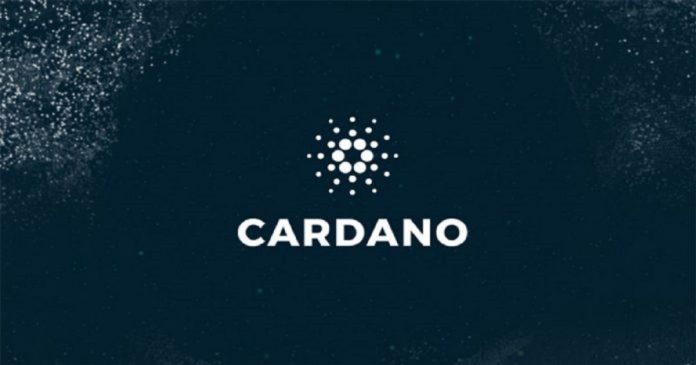COVID-19 seems to have bought the world to a screeching halt. But then there are projects like Cardano that continue to forge ahead with full swing. However, social distancing did not stop the project team from going live with its much talked about Byron reboot. And there is a lot more happening in the background as we learned from the live AMA last Tuesday.
Tim Harrison, the strategic communication specialist of IOHK, conducted the Cardano AMA. He addressed the community questions around Byron reboot and the transition path to Shelley.
Behind the scenes
According to Dynal Patel, Senior Product Manager Operations, the incentivized testnet (ITN) success had exceeded the expectations of the team. With over 800 active stakepools and 17,000 people delegated, the community was growing stronger every passing day.
Right now, there are over 250 clones of the nodes and 100+ Github accounts contributing tools to Cardano. Moreover, close to 38% of ADA has been designated on testnets.
Dynal reassured that the community feedback addressing would happen over the year. And the list is almost 300 points long, chief among which includes:
-
Consolidation of documents at one place
-
Seamless communication between stakepool operators and delegators
-
Smaller stakepool options
Why was Byron reboot crucial?
Byron is at the core of Cardano and these updates would ensure that the system lasts longer. The Byron reboot focuses on digging out exotic bugs that generally escape the routine QA. With a three-layered testing process after the reboot, Byron is now more agile.
Unveiling the Shelley testnet
According to nodes product manager, Kevin Hammond, the feature benefits of nodes upgrade are performance and stability enhancement. And this is set to play a pivotal role in Cardano’s transition to Shelley.
As Kevin explained, 80% of the Shelley code would be from Byron, effectively shortening the Shelley testnet and mainnet launch duration.
Shelley implementation will start with the launch of an internal testnet that will eventually open up to a few pool operators. In the first phase of the testnet, over 10,000 nodes will be tested and in the second phase, the platform will onboard operators.
Daedalus Flight Wallet
Darko Mijić, the project manager of Daedalus Wallet, announced an automated wallet migration to Daedalus Flight. To ensure that the user’s current experience is not compromised, the team will run a parallel program. While it will require separate installation, it will be available for download from the website.
Differentiators
-
Daedalus theme is different
-
Spending passwords are mandatory
Darko shared a demo of the wallets in the Live AMA. And the performance parameters he shared were quite impressive. While the production of a Daedalus wallet takes 4 hours to sync, the Daedalus Flight syncs in just 90 mins. Moreover, the wallet restore takes 15 mins for Daedalus restore while the production wallet takes 3-4 hours.
That sounds like an impressive performance improvement.
What is happening with Hydra?
As an alternative to proof-of-work (PoW), the Ouroboros is going to offer a second layer of the protocol. This will be Ouroboros Hydra. This will be an off-chain scalability solution for distributed ledger technology (DLTs). It is designed to bring along high transactions per second (TPS), low latency and minimum storage per node.
It seems Cardano is addressing the major problems of the current blockchain ecosystem.




























